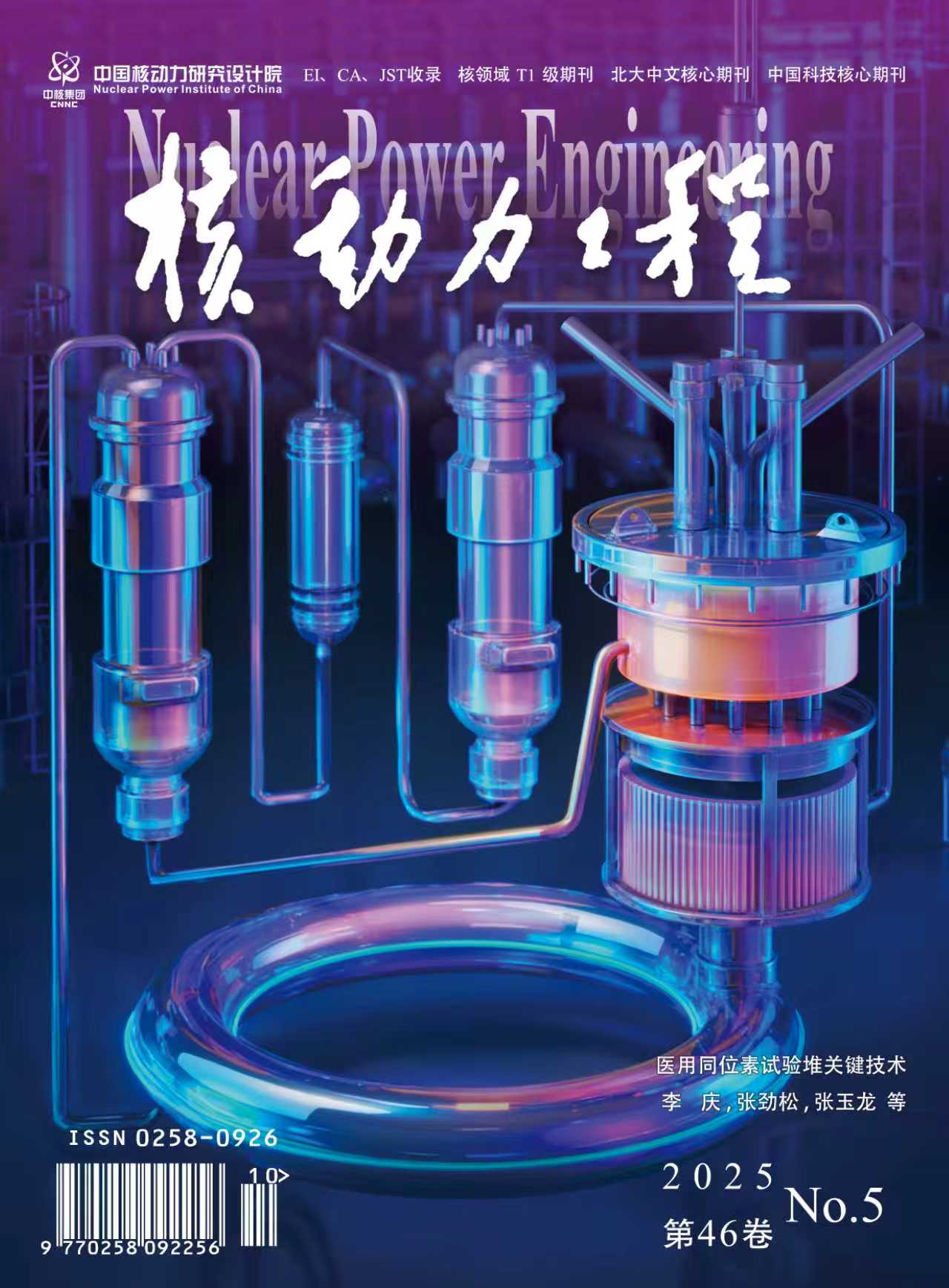Abstract:
Due to the high energy of neutrons in fast-spectrum reactors, the anisotropic scattering of neutrons is with great effect on the calculation results. In this study, the effects of high-order scattering cross-section perturbation on the calculation of elastic and inelastic cross-section sensitivity coefficients are studied when calculating the elastic and inelastic cross-section sensitivity coefficients. The causes of implicit sensitivities and related approximate conditions were theoretically analyzed. The direct perturbation method was used to calculate the sensitivity coefficients of the main nuclides reaction channel of the ZPR-6/7 fast-spectrum reactor. The research results show that for the ZPR-6/7 fast-spectrum reactor, without disturbing the 238U high-order scattering cross section, the sensitivity coefficient of the total elastic scattering cross section is 44.3% higher than that when the high-order scattering cross section is considered. Irrespective of the disturbance of 56Fe high-order inelastic scattering cross section, it will cause the sensitivity coefficient of inelastic scattering cross section to be 28.9% higher, but it has less influence on the sensitivity coefficients of elastic scattering and inelastic scattering of other nuclides. After considering the high-order scattering cross section, the total sensitivity coefficient calculated by the independently developed SUFR program is in good agreement with the ERANOS and MCNP results. The maximum deviation does not exceed 3.22%. At the same time, the accuracy of the uncertainty analysis of the effective multiplication factor caused by the elastic scattering reaction channel of 238U and the inelastic scattering of 56Fe has also been greatly improved. Therefore, the calculation of fast reactor sensitivity coefficient needs to consider the influence of high-order scattering cross section. At the same time, the sensitivity and uncertainty analysis program SUFR is developed correctly. The technical route for the sensitivity coefficient of fast energy spectrum reactors is feasible, and the calculation accuracy is the same as that of the famous international program.



